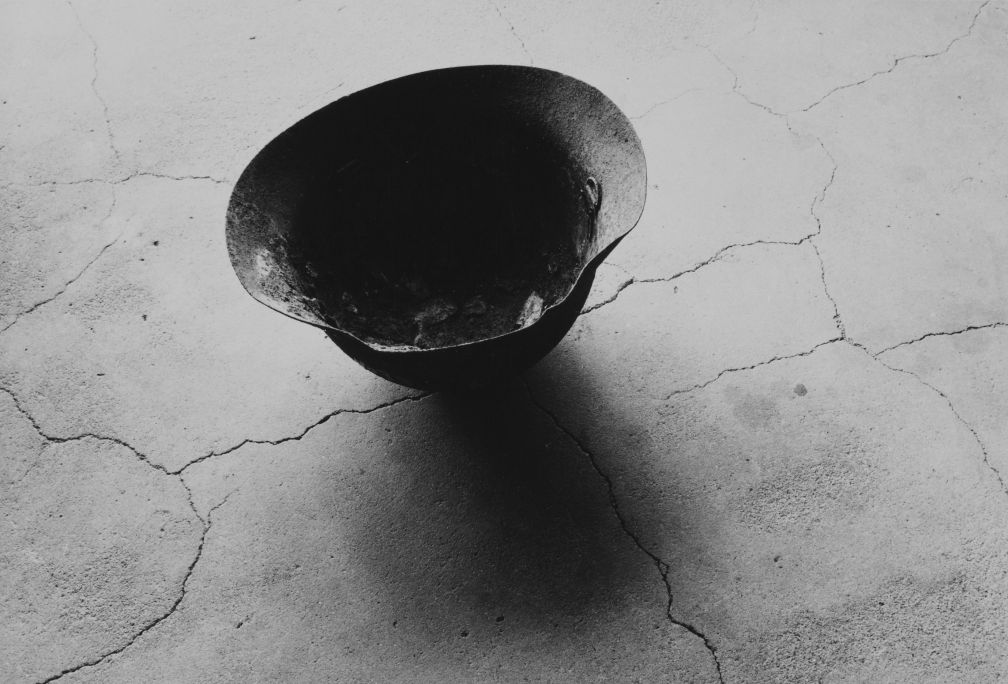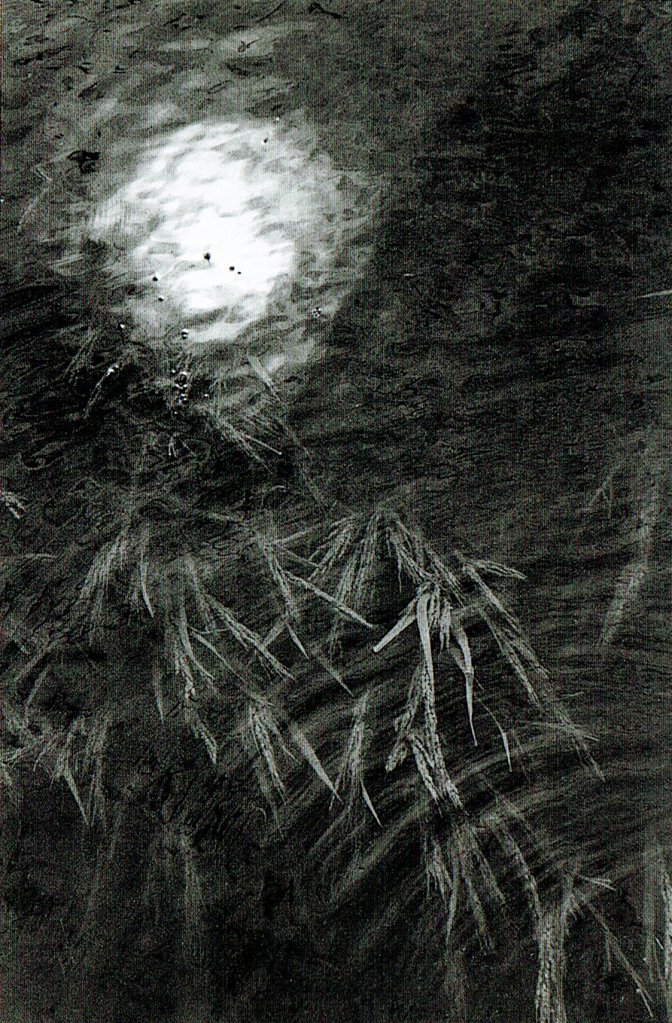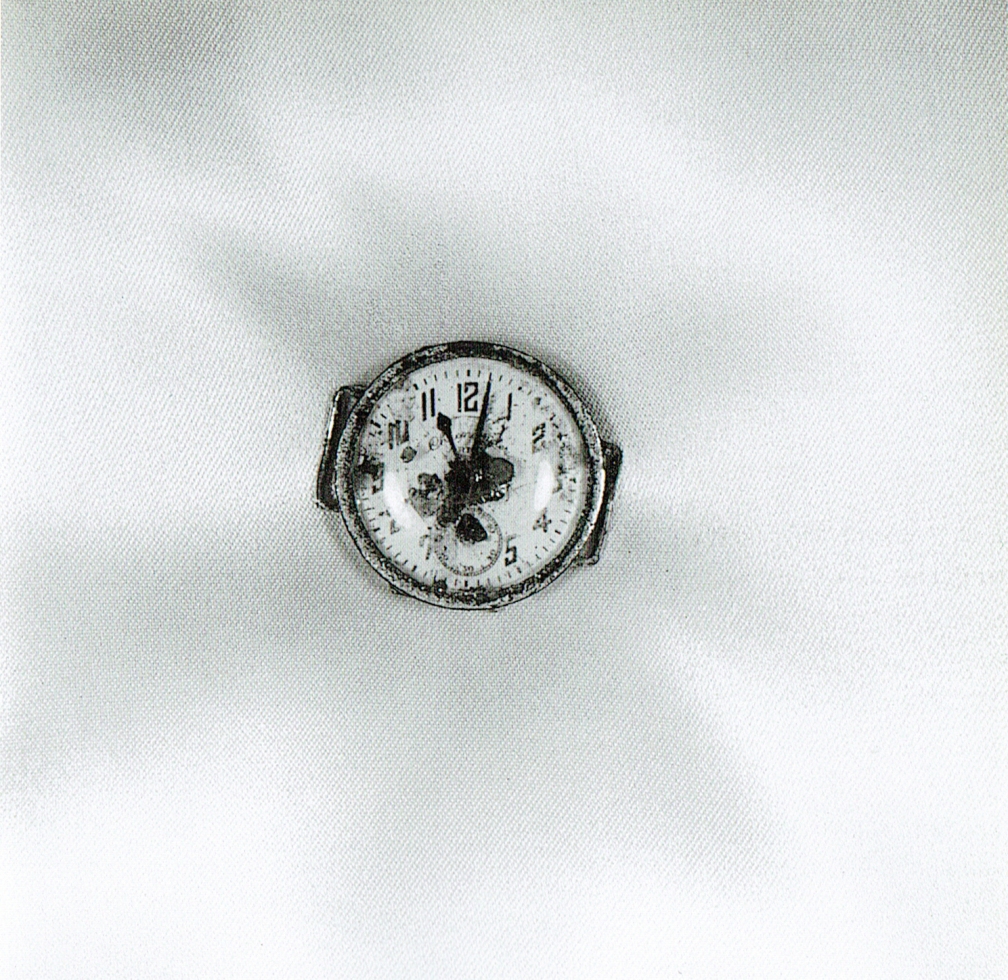Through a class curation project, Japanese photographer, Shomei Tomatsu, is one who’s work has caught my eye through a few creative and reflective points of interest, each bringing an element to documentary photography that was a pioneering and alternative approach to traditional documentarist work. Born in 1930 and raised in Nagoya, Japan, Shomei Tomatsu at the time, was too young to experience world war II first hand, so he took a role as a lathe operator producing parts for combat aircraft, contributing to the Japanese military from ‘behind the gun’. He was fascinated by the air raids and would watch from his bedroom through a mirror, perhaps a start point of his creative photographic outlet. Tomatsu originally took photos of constructed set pieces, seeking inspiration from his two older brothers who were also photographers, but later took a realist approach shooting as a documentarist.
His earlier recognised work fell in to a documentary theme but with no excessive originality, capturing photos of potters, salt-panners, miners and general Japanese labour and life, with their accompanying tools of the trade. Photos were one is likely to take away a reliable source of perception as to the lives of others. This candid representation was particularly popular internationally with documentarists after world war II where Shomei Tomatsu started and developed his photographically acclaimed career.
The documentarist approach brings to light the situations and scenarios that every human is capable of experiencing, but perhaps one of which might not be experienced. Prioritising the moment to shoot within the continuum of photographic opportunities, to reflect a true depiction of the trials and tribulations faced as a general consensus, regarding the environment of the city in which they stand. Mirroring life and its events as an evident truth, ripe with suggestive relation, forcing the viewer to instantaneously arrive at an interpretation or opinion.
Most frequently, documentarists photograph devastation as a candid depiction aimed at representing the affected in the truest form, destroyed and dilapidated buildings, traumatised children, melancholic facial expressions of affected individuals; the direct affects of a disaster emphasising the terror or fear an event has caused, natural or man-made. Shomei Tomatsu however, clings to this thematic but alternatively uses subtleties and abstract metaphysical tendencies to portray devastation in a different way to traditional documentary; his photos ask for a higher level of intellectual interpretation to uncover the affects, post-disaster.
Tomatsu’s representation of the Nagoya typhoon in 1959 is a prime example of these abstract representations encompassed within his work. The typhoon killed over 5,000 people and left over 1.5 million homeless. Shomei Tomatsu himself was one of those that lost his childhood home in this devastating natural disaster and in Ice Bay Typhoon Devastation 1 we can see the alternative take on documentary photography that Tomatsu is renowned for. Preoccupied with alternative points of view Tomatsu captures the photo, through an abstract portrayal, from under the water, looking through the reeds towards the sun. Perhaps assuming the position of those killed in the natural disaster. Tomatsu has always been engaged with perspective and its ability to enhance and reinforce a theory or notion.
In 1961 Shomei Tomatsu journeyed to Nagasaki, to document the devastation that had taken place after the dropping of the second atomic bomb on 9th August 1945. Not only the damage caused on the day of the dropping of the atomic bomb, but the destructive entrails that followed, left to wreak havoc on the lives of any survivors and their families through depravation and radiation. This battered wristwatch, discovered 0.7km from the epicentre of the explosion, is an analogy for this pain and suffering. The time of the explosion was 11.02am, the wristwatch clearly stopped then and there on that horrible day at exactly the same time of the impact. The rapid decline and downwards spiral of life from that time onwards is depicted through the scratched and bruised aesthetics of the watch, leaving only a memory of what once was.
He quoted ‘I had a certain amount of knowledge of the destructive… power of the bomb, I knew that a whole city had disappeared in an instant and more than 70,000 people died, but nothing had prepared me for the lives of the people… exposed to radiation.’ (Jeffery, I, Shomei Tomatsu 55, Phaidon Press, London, 2001).
Shomei Tomatsu is one the most profound and key Japanese photographers of the post-war period. With his earlier work, seen above, forming a new approach and direction for documentary photography, focused on symbolism and realism combined, and with his later work depicting the Americanisation of his beloved home country. You could almost view his work as a timeline of changes as the continued repair of Japan took place, post-war. Changes that would grapple and morph Japanese culture over time as a direct consequence of World War II.
References:
Jeffery, I, Shomei Tomatsu 55, 2001, Phaidon Press, London
Rexer, L, Shomei Tomatsu: Skin of the Nation, Aperture, iss 178, 2005, pg12


